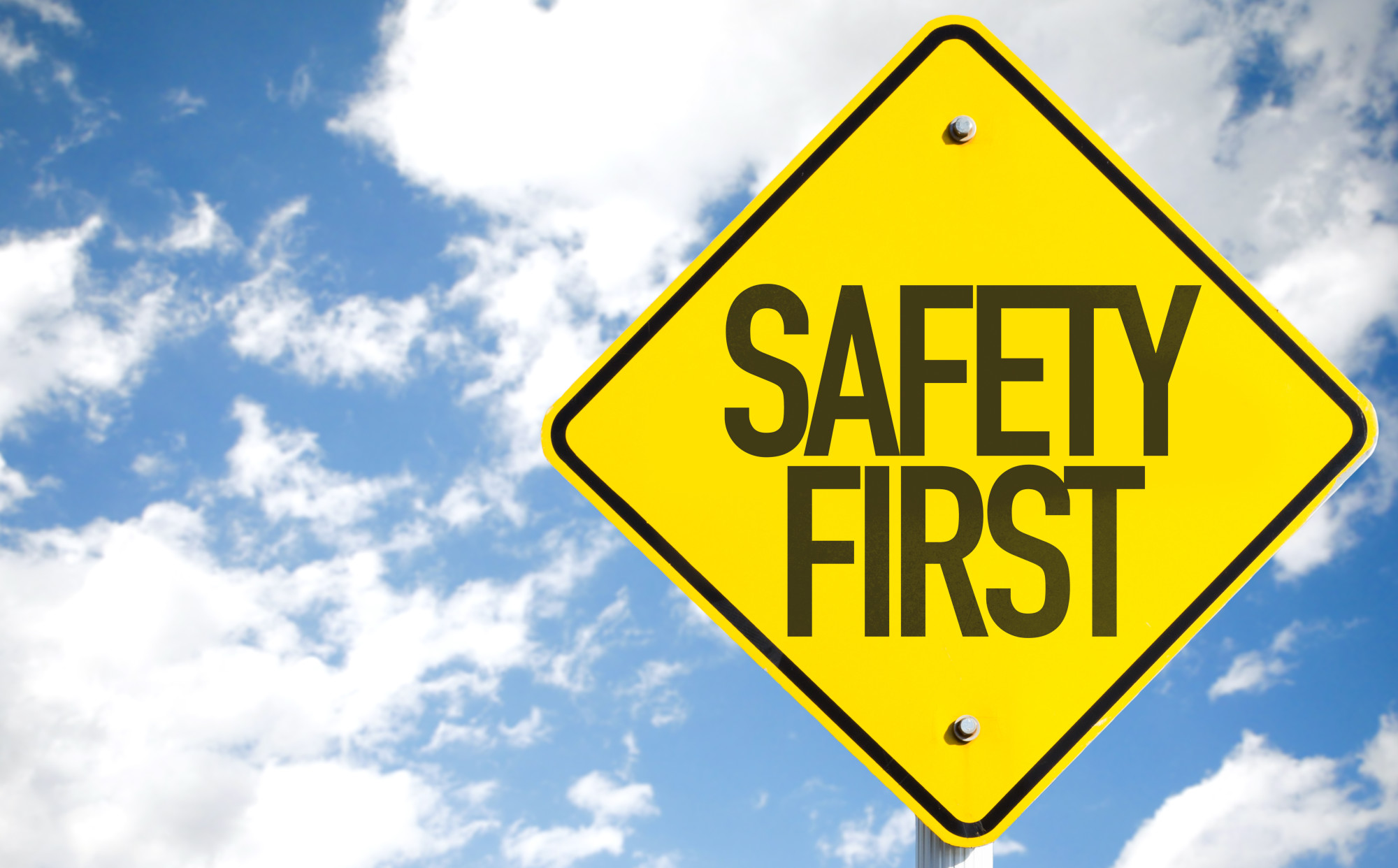Did you know that each year over one million people are injured on the job? Hazardous chemicals and working conditions can make even the best job a dangerous place to work.
That’s why as an employer, it’s essential to manage workplace hazards in the most thorough way possible. But how do you do this? Simple: by reading this article.
In it, we’ll break down some of the best practices for making your workplace a safer environment for your employees. That way, you significantly reduce the chances of a potentially tragic accident. Let’s get started!
Decide You’re Going to Make a Change
Before you can better manage your workplace hazards, you first need to decide that you will make a change as an employer. This can look like a lot of different things depending on your company.
However, it typically involves writing a policy that prioritizes health and safety in the workplace. You will likely also need to schedule meetings to begin discussing workplace hazard concerns.
During this phase, you will need to decide how much time and money you’re going to put toward workplace hazards.
Remember that at the end of the day, you can’t put a price tag on someone’s life. That’s why it’s important to address all of the hazards, whether they’re actually covered by laws or not.
Get Your Employees Involved
Proper management of workplace hazards is a team effort. So, begin involving your employees in your safety management practices. Make safety inspections a daily part of their job tasks.
Educate them on the importance of workplace hazard management. Ask for feedback on areas where the company can improve.
Finally, discipline employees that are endangering themselves and others while rewarding those that follow proper safety protocols.
Identify the Workplace Hazards
Now, it’s time to identify all the potential hazards in your workplace. In order to control hazards, you first need to know precisely what they are. If you own a small company, then this might not take a long time.
But, larger companies will likely need to do a lot of work to properly identify all hazards. First, review any accident reports that occurred within the past few years.
Specifically, complaints, first aid reports, and worker compensation files. Pay attention to common factors and conditions within these accidents. You can also ask your employees.
They’re more involved with the nitty-gritty details on the job. As such, they likely have insights into potential safety blindspots.
If you aren’t confident in your ability to find hazards, consider hiring a safety consultant. These professionals have a lot of experience with hazard identification. As such, they’re a great resource for larger companies.
Control the Workplace Hazards
Once you find all the hazards in your workplace, you can work to control them. First, you should prioritize specific hazards over others. Not all workplace hazards are created equally.
Some have a much greater potential for danger than others. These are the hazards you should be focusing on first. What’s more, these shouldn’t just be band-aid solutions.
You should look for permanent fixes to these problems. There are three levels of control for correcting workplace hazards. The first is engineering control.
This occurs when you eliminate potential hazards entirely through the use of tools, equipment, and new facilities. It’s the most expensive option, but it also ensures that you remove the workplace hazard entirely.
The second level of control is administrative control. This type of control doesn’t remove the hazard entirely. But, it does reduce the chances of accidents occurring.
One example of administrative control is proper SDS (safety data sheets online) for labeling toxic material. It can also include things like employee safety training, shift rotations, and frequent rest breaks.
Lastly, there’s PPE control. Personal protective equipment should be a last line of defense between your employees and workplace hazards. It includes things like hand, feet, eyes, and lung protection.
PPE is incredibly important. But, it should never be the only method of control you’re relying on to protect your employees.
Comply With OSHA Regulations
OSHA requires that your company comply with all of its laws and regulations. It’s up to you to identify which regulations are relevant to your business.
Again, you can hire consultations to help deal with this. In some cases, you may require programs and OSHA 300 logs.
Make sure you take OSHA regulations seriously. If you don’t follow them correctly, your business could be hit with serious fines.
Train Your Employees
All of your hazard control methods won’t mean anything if you don’t properly train your employees. There should be three types of training you engage in.
The first is general safety training given to all employees. This first layer of training should cover things like emergency procedures and general company safety policies.
The second layer of training should be more specific courses related to certain hazards. Only people that work with these hazards need this type of training.
Lastly, there’s retraining. Certain standards require that employees be retrained after a certain amount of time. This also goes for employees that are switching jobs or coming back after a long period of absence.
In addition to training, you should also try to create a culture of safety at your workplace, one where your employees go beyond their responsibilities to manage hazards.
Need SDS Management Software? Contact Kelleher, Helmrich, and Associates
We hope this article helped you learn how to better manage workplace hazards. If you work with hazardous materials, you know the safety data sheets are a vital part of keeping your employees safe and informed.
Unfortunately, these sheets are constantly getting updated with new information. That’s why it’s important to consider an electronic SDS management system.
This technology, offered by SDS online companies like Kelleher, Helmrich, and Associates, allows you to easily manage your datasheets from one central location.
Want to learn more about it? Contact us today for any questions you might have.


